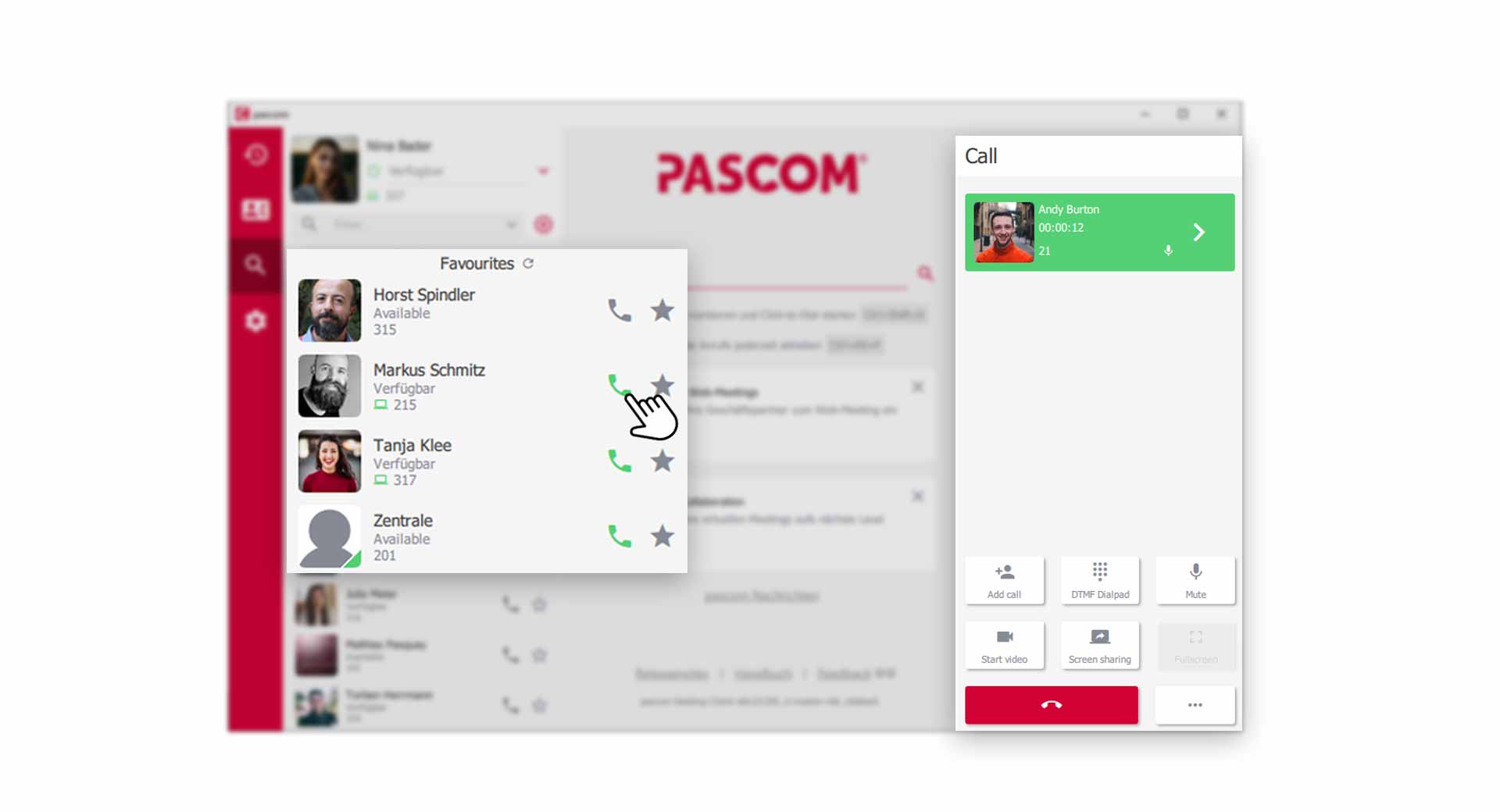

With some, only system desk phones can answer, or you have to set up a separate call group, the members of which are the only people in the network who can access parked calls. Some only let a parked call go to voicemail or ring back when the time expires. Some have a set time limit on parked calls. Some have limits on the number of calls that can be simultaneously parked (usually 50). Call Parking With OnSIPĬall parking is a standard feature these days, but every VoIP provider has its own touch with configuration. OnSIP's call parking feature lets any employee pick up the call-no matter their location or device at hand. Ideally, the call gets picked up, but in case it’s not, voicemail is a better option than leaving your caller on hold indefinitely. Some systems also have the option to send the parked call to voicemail at this point. That means that after "x" minutes, the system transfers the parked call back to the person who parked it in the first place. You can set your system to ring back the call after a predetermined period. You can guess why call parking is profoundly useful in departments like sales or support -it probably doesn’t matter exactly who picks up the call, so the first available person can dial the parked extension. Park the call and allow the manager to call in from wherever she is, using whichever device she has on hand. Say the manager your caller’s trying to reach is out of the office, so naturally transferring to her desk phone would be useless. You can park the call and simply message her the extension to pick up at her earliest convenience. Or maybe you need to escalate something to your boss, but she’s chatting in the hallway or getting some coffee. Regardless of the situation, by parking the call, the caller won’t get dropped or immediately pushed to voicemail if the person to whom you transferred him happens to be away from her desk. Perhaps you need to get to someone on a different floor or in an office on the other side of the country. Maybe you don’t know the extension of the person who needs to hop on the call. Why Use the Call Park Feature?Ĭall parking comes in handy when you know someone is away from her desk phone or if you just want the first available person to step in. With call parking, you won't miss a call if you're away from your desk. If you’re not positive the person is at his desk, then do an attended transfer to check. If you already know who you should transfer the call to, then transfer away. Now, this isn’t to say that the traditional transfer is dead and gone. Thanks to the cloud, there’s theoretically no limit to the number of calls you can park. The cloud phone system automatically assigns a 4-digit extension to the parked call. Rather than running around trying to find him, you can park the call and announce over the intercom that the manager has a call at "x" extension. If the manager were at his desk, you would just transfer the call, but instead, he’s walking around somewhere in the store. Here’s a real-life example of how call parking works: Say someone calls you and needs to talk to the manager. (Think of “the cloud” as a private parking lot for your office only, and only those with access to the parking lot-i.e., employees in your company-can find the parking space holding the call.) Anyone with the extension can pick up the call, and nobody has to remember everyone else’s extension: no botched transfers, no accidental hang-ups, no waiting forever to talk to someone. When you park a call, the call gets punted to your company’s cloud and is assigned its own extension.

DIRECTED CALL PICKUP ONSIP FREE
(The traditional way of putting a call on hold meant the call was tied to a hard line-the same phone that answered it.) Once it’s parked, you’re free to make and receive calls without worrying about the person on the other line. In a nutshell, call parking is a method of putting someone on hold in the cloud so anyone in your organization can take the call. If you’re new to VoIP, then you probably feel as though you’re up to your eyeballs in unfamiliar terminology. Using a VoIP provider like OnSIP opens up a plethora of phone-related features that go far beyond your regular old phone system.


 0 kommentar(er)
0 kommentar(er)
